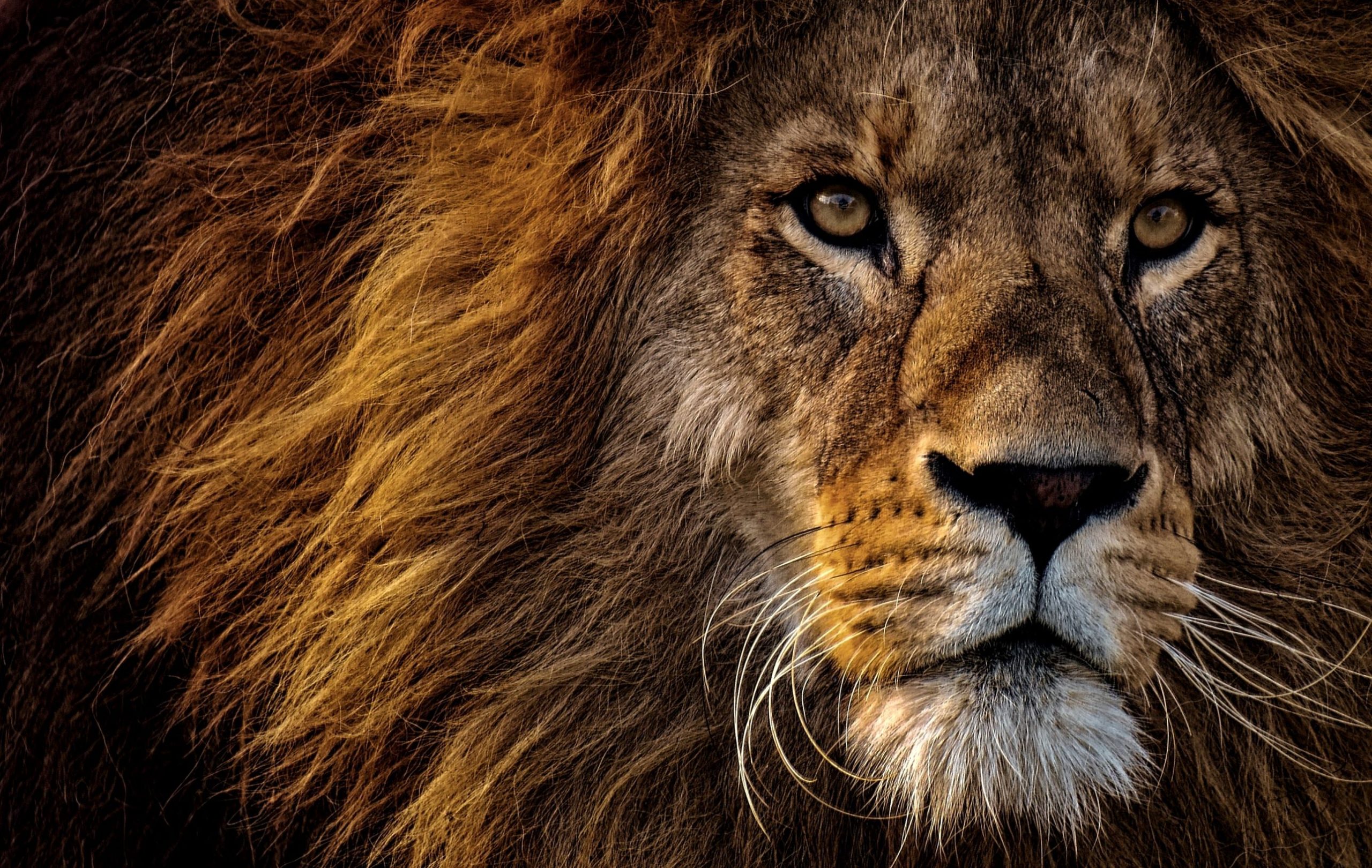The last face of God we are going to look at is the face of the Eagle which is depicted in the gospel of John. The face of the eagle represents Jesus’ divinity as the eagle soars high in the heavens, so Jesus comes from the Heavens.
The Genealogy in John
The first thing we notice is that John doesn’t really have a genealogy as such, nor does it give any details regarding the nativity. In John we are simply told, ‘In the beginning was the Word, and the Word was with God and the Word was God.’ This therefore points to Jesus’ divinity – He is, and He was and He is to come.
‘I Am’ in the Gospel of John
In Exodus God reveals Himself as ‘I Am’ and in the Gospel of John Jesus makes seven ‘I Am’ statements about Himself:
‘I am the bread of life.’ John 6:35
‘I am the Light of the World’ John 8:12
‘I am the door’ John 10:7
‘I am the Good Shepherd’ John 10:11,14
‘I am the resurrection and the life’ John 11:25
‘I am the way, the truth and the life’ John 14:6
‘I am the true vine’ John 15:1
And in John 8:58 Jesus says, ‘Verily, verily, I say unto you, before Abraham was, I am.’
John 3:16
A well known verse that appears in John that does not appear in any other book of the Bible is ‘For God so loved the world that He gave His only Son’, thus pointing to Jesus as the Son of God.
No Ascension in the Gospel of John
Another point about the gospel of John is that there is no ascension. We see Jesus rising from the dead and appearing to people but we do not see His ascension because He is God, He was from heaven and He was going back to Heaven and John just tells us that Jesus did many other miracles that He did not include but that his aim in writing was so that we might believe that Jesus is the Son of God.
I trust you have enjoyed this series on the faces of Jesus and that it has helped you get to know Him better. In our next series we will look at how even the heavens declare the glory of God and foretell about Jesus.


